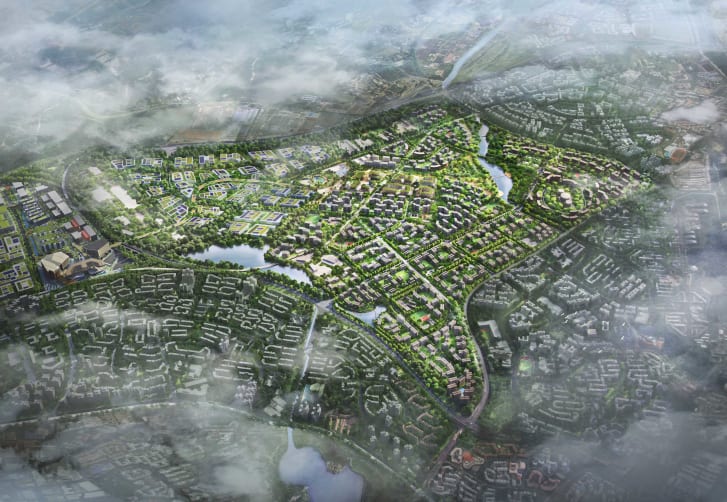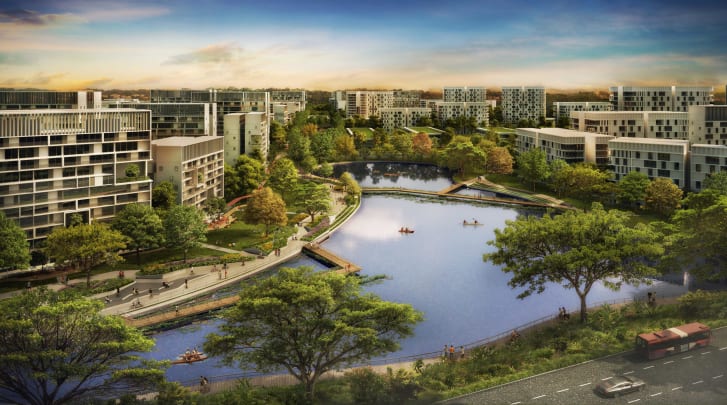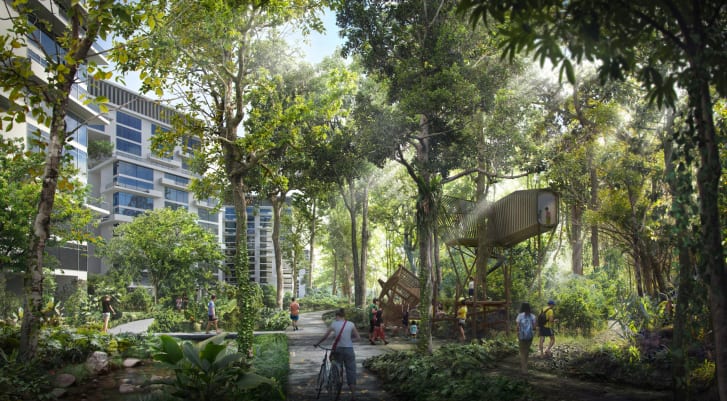
ZURICH – In a monumental move towards sustainable logistics, Holcim Group, one of the world’s largest cement manufacturers, has placed a groundbreaking order for 1000 Volvo FH electric trucks. This landmark deal marks the largest sale of electric 18-wheelers to date, signaling a significant shift towards decarbonized mass haulage on European roadways. The move is a strategic step in Holcim’s commitment to achieving net-zero emissions in cement logistics by 2050, according to Holcim CEO Jan Jenisch.
Driving Towards Net Zero in Cement Logistics
Holcim’s ambitious order of 1,000 Volvo FH electric trucks is a pivotal component of its broader strategy to slash Scope 3 transport carbon emissions and advance its 2050 net-zero roadmap. With the building materials industry grappling with substantial fleet pollution responsible for over a quarter of global value chain emissions, embracing e-mobility emerges as a viable solution to mitigate the outsized climate impact of freight transport.
The Volvo FH electric truck is a groundbreaking heavy-duty truck. Holcim’s colossal order now propels the commercialization of electric semi-trailers in Europe to new heights. As charging infrastructure continues to improve, major logistics players like Holcim are making strategic moves to convert their diesel fleets to electric, targeting reduced emissions and lower maintenance costs than traditional combustion vehicles.
Holcim’s substantial tender is expected to play a crucial role in accelerating the adoption of electric freight in Europe, with the potential for a quicker return on investment being an attractive proposition for other manufacturers to expedite their exploration of electric fleets.
Vehicle Automation on the Horizon
Holcim not only envisions a shift towards electric vehicles but also expects vehicle automation to play a significant role in the transition. Research and development pilots for vehicle automation are already underway in Germany, leveraging the latest Volvo FH electric truck models as a foundational platform for autonomous hardware. Holcim aims to integrate automation into its vision for decarbonized haulage, creating a seamlessly optimized material delivery system down to the turning wheels at each plant.
Germany is also developing an innovative catenary power system for electric transport trucks that will reduce fossil fuel usage and carbon emissions from the freight industry. The concept involves building overhead power lines along motorways that will connect to compatible vehicles like the Volvo FH electric truck while driving. Sensors and software in the trucks detect the cables above and automatically raise current collectors, allowing the electric motor, battery pack, and braking system to be powered by the overhead electric catenary.
This allows the trucks’ battery capacity to be smaller and lighter since they don’t need to store energy for the entire route. Instead, the catenaries continuously charge the batteries like electric trains and public transit trams, granting the trucks unlimited driving range while under the cables. Germany’s priority freight corridors between industrial hubs will be electrified first. The country allocated $73 million towards installing overhead cables on the autobahn in 2023. If the network expands as envisioned, trucking companies can utilize cleaner electric hybrid trucks for most routes without stopping and charging for long periods.
The numbers associated with this order of Volvo FH electric trucks are substantial and represent a significant leap toward sustainable practices in the building materials industry. Holcim’s strategic investment in electric semi-trucks underscores its commitment to sustainable practices and sets a precedent for the broader industry to embrace innovative solutions for a greener future.
Source Happy Eco News






